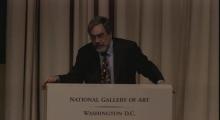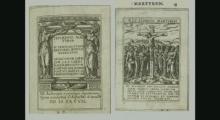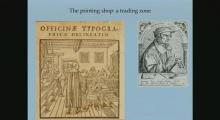Themes
Anthony Grafton, Princeton University. In this six-part lecture series entitled Past Belief: Visions of Early Christianity in Renaissance and Reformation Europe, Anthony Grafton focuses on the efforts of artists and scholars to recreate the early history of Christianity in a period of crisis in the church from the 15th to the 17th century. In this sixth lecture, entitled “Constantine and Conversion: The Roles of the First Christian Emperor,” originally delivered at the National Gallery of Art on May 11, 2014, Professor Grafton argues that in their retelling of the dramatic and exemplary life of Constantine, scholars and artists forged new forensic, historical, and multidisciplinary approaches. They used philological and antiquarian evidence to unpack a layered and incoherent body of evidence that exposed the apocryphal legends of what has been called an “inherited conglomerate.” Protestant and Catholic writers concurred in their assessment that Constantine’s reign marked a radical transformation of art and religion and was thus a historical moment of great consequence—yet one or two began to see Constantine in less dramatic terms, as the human, political figure that he was. The erudition and imagination of these scholars and artists in the early modern period produced sophisticated and acute views of the early church, from which we can still profit today.
Comments
Brought to you by NGADC






